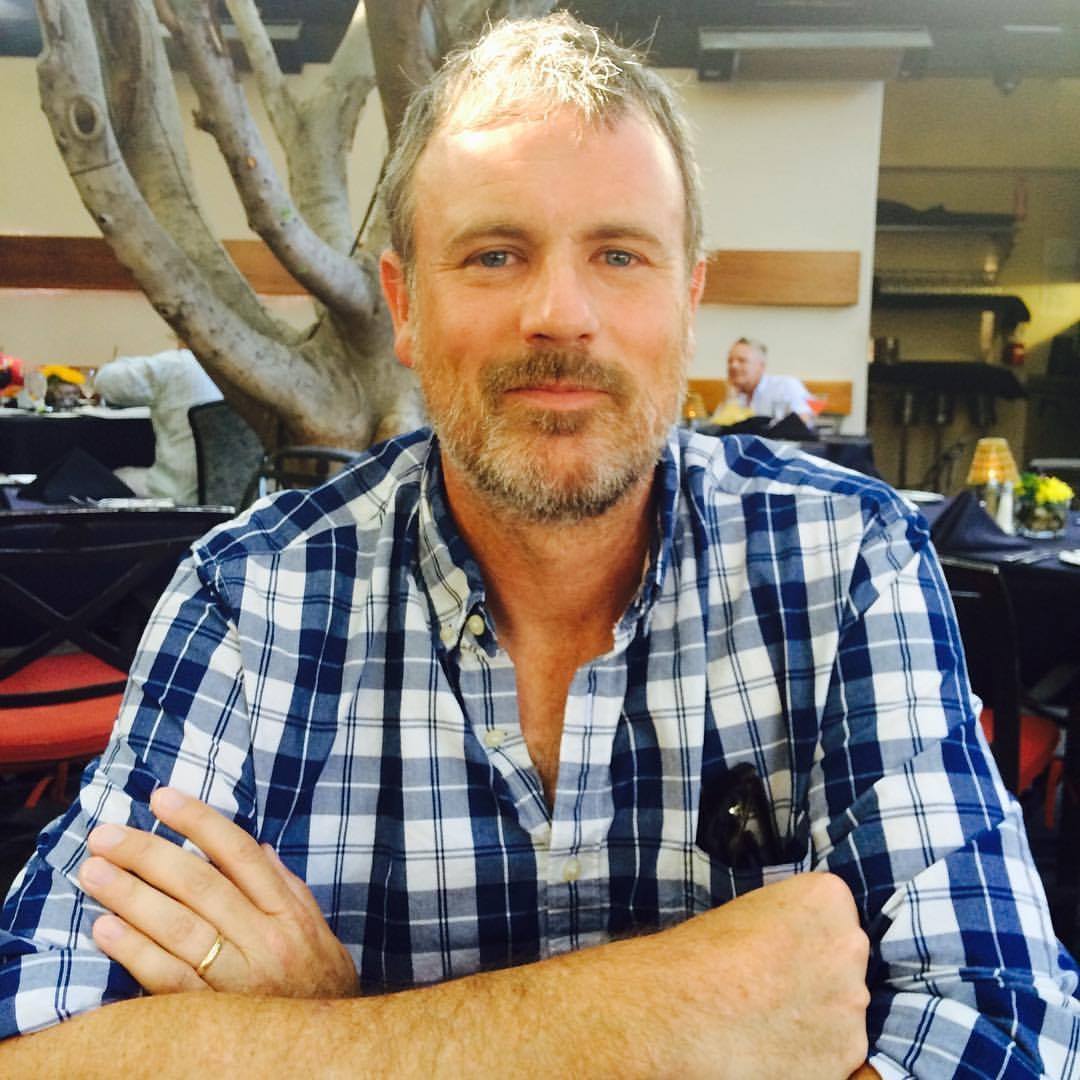The Anaheim riots, which brought the city's simmering tension between Latino residents and the police to a nationwide audience, may have been sparked by the fatal shooting of two suspected gang members in separate incidents last month. But as the Weekly's Amber Stephens reported just a few weeks before the unrest (see her “Anaheim's Cruzaders,” June 21), a string of officer-involved shootings earlier this year had already set the stage for the current conflagration.
Yet to truly understand the tension roiling Anaheim, you have to go much further back than that—and to a neighborhood that doesn't exist anymore.
Until it was redeveloped into a neighborhood called Hermosa Village a decade ago, Jeffrey-Lynne was the gang-infested front line of the conflict between the city's cops and low-income Latino residents, a densely populated community of crumbling apartment buildings just across the street from Disneyland. Named for two intersecting streets at the heart of the working-class area in question, it was there, in the early 1990s, that gang-unit officer Steve Nolan grew weary of the routine brutality he witnessed against Latino youths at the hands of fellow cops—punching handcuffed suspects in police cars, bashing them on the head with flashlights after foot-chases.
Nolan complained to his superiors about what he saw and was told to mind his own business. When he persisted, he received anonymous threats and official reprimands, which finally succeeded in forcing him out of the department. He filed a 1995 whistleblower lawsuit against the city, and two years later, he won a generous jury award (see “Whistleblower Blues,” March 23, 2000).
Jeffrey-Lynne is also where another police officer, Harald Martin, cut his teeth as a patrolman and also quickly grew frustrated—but in a much different way from Nolan: He decided all of Anaheim's woes involved illegal immigrants. For years, Martin did his best to worsen the tensions between the city's cops and citizens by giving speeches to anti-immigrant groups in which he preached racial apocalypse. He also agitated for the right of officers to stop and question anyone who looked “illegal” and eventually took credit for getting the INS to begin operating in Anaheim's city jail. In 2002, Martin was fired for insubordination because of remarks he made about his superiors (see “To Protect and Slur,” April 11, 2002), but he continued to do damage as a school-board member until losing that job, too.
During the several years I spent covering Jeffrey-Lynne, I often interviewed community activists such as Josie Montoya, who passed away in March 2002, of the activist group Barrios Unidos, and members of Los Amigos of Orange County, which was made up mostly middle-class, cop-friendly Democrats. One of the weirdest stories I wrote was about the police, who claimed to be working with activists to heal the ongoing tensions, actually spying on the two groups, often using my own articles as starting points for criminal background checks (see “Anaheim Spooks,” Sept. 13, 2001).
This only became public because a few well-intentioned cops at the department found the snooping operation stupid and distasteful. (Just last week, according to the LA Times, Los Amigos activists finally settled a civil-rights lawsuit filed against the city). It has been a decade since that shameful episode, and since then city officials first ignored, then worked with affected residents to redevelop Jeffrey-Lynne (see “Inside Revolutionary Anaheim,” July 22, 1999). But as this summer's events reveal, you can pave over the past, even erase a community's name, yet bad blood lingers.

Award-winning investigative journalist Nick Schou is Editor of OC Weekly. He is the author of Kill the Messenger: How the CIA’s Crack Cocaine Controversy Destroyed Journalist Gary Webb (Nation Books 2006), which provided the basis for the 2014 Focus Features release starring Jeremy Renner and the L.A. Times-bestseller Orange Sunshine: The Brotherhood of Eternal Love’s Quest to bring Peace, Love and Acid to the World, (Thomas Dunne 2009). He is also the author of The Weed Runners (2013) and Spooked: How the CIA Manipulates the Media and Hoodwinks Hollywood (2016).

